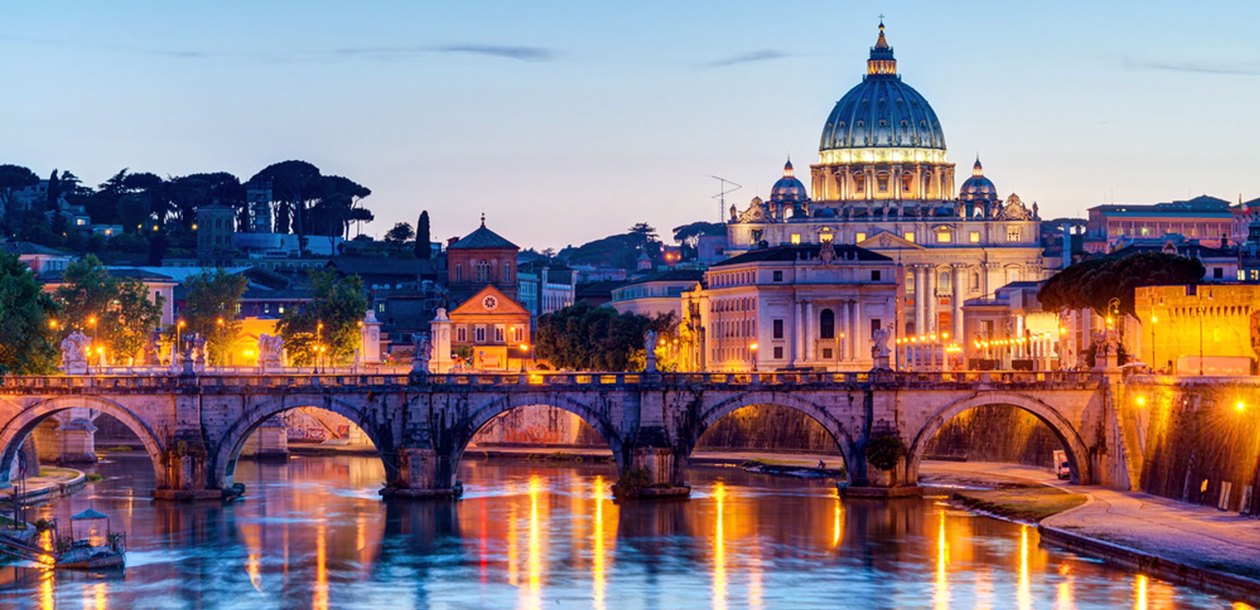Virtual explorations and AI technology for St. Peter's Basilica
St. Peter's Basilica takes a leap into the future thanks to digital technology: a new project, developed in collaboration between the Fabbrica di San Pietro and Microsoft, uses artificial intelligence to create a virtual replica of the Papal Basilica. This digital twin will allow visitors and worshippers to virtually explore the magnificent structure, discovering details inaccessible to the naked eye.
The partnership between the Fabbrica di San Pietro and Microsoft, called "St. Peter's Basilica: AI-Enhanced Experience", marks the first use of artificial intelligence in a sacred site of such importance. The goal is to make the art and spirituality of the Basilica accessible to the whole world, offering an immersive experience that allows you to rediscover its history and cultural importance. The creation of the digital twin was made possible thanks to three weeks of intensive work with drones, lasers and cameras, which generated over 400,000 ultra-high-resolution images, which were subsequently processed to create a stunningly detailed 3D model.
The project, conceived two years ago, involved international experts and Microsoft's AI for Good Lab, which has perfected digital reconstruction with advanced artificial intelligence algorithms. These tools not only digitally reconstructed the Basilica with extreme precision, but also identified potential structural vulnerabilities, such as cracks or damaged mosaic tiles, contributing to heritage conservation.
The initiative, promoted by Cardinal Mauro Gambetti, archpriest of the Basilica and president of the Fabric of St. Peter's, is part of an innovative vision to open the doors of the Basilica to the world. The digital experience will be particularly significant during the Jubilee of 2025, an event that will bring millions of pilgrims to Rome.
Immersive exhibitions, such as "Petros Eni" and "Petros Eni Octagon", will offer a unique combination of historical storytelling and technology, creating a deep connection between visitors and the history of the Basilica.
In addition, an interactive website will be available that will allow anyone to access the Basilica remotely, exploring every detail thanks to 3D models and educational content. This new path represents a decisive step in making the heritage of St. Peter's Basilica accessible and understandable to a global audience through modern languages.
According to Brad Smith, president of Microsoft, the use of artificial intelligence offers a way of using it like never before, combining technology and faith for an unprecedented narrative. Father Enzo Fortunato, Director of Communications of the Basilica, emphasized that this project is not only technological innovation, but a means to bring people from all over the world closer to a unique sacred place, exploiting the digital potential to illuminate the human and spiritual experience.







